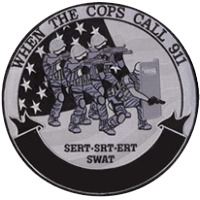5401 27th Street SW, Great Falls, Montana 59404
Phone: 775-830-4545 (24/7) - Email: [email protected]




Every week the headlines reflect what is happening in our communities: terrorism, natural disasters, and fears of pandemics. Reenforcement work, by its very nature, calls for an incredible amount or restraint, Continual restraint. Draining restraint. It is stressful. The demands on officers today show that even greater restraint has been increasing over the years and, not coincidentally, so have the effects of stress on police work. With the recent attention that police suicide has received in the media there have been a number of reviews on this subject matter. My study has found that between 1934 and 1950 police suicide rates were half of the general population. Between 1980 to the present suicide rates in some departments have almost doubled!
Interestingly, on the list of stressors, physical danger is ranked low by police officers. It’s what is happening on the street. It’s what is happening in the public sector: the community activists, the media anti-police watch groups, which cry for new laws and restrictions on police officers that further tie their hands. Every study suggest this higher level of stress that officers face can take its toll in four areas:
Divorce – national rate is 50%; all research shows police estimates ranging from 60 – 75%. Alcohol – (non-alcoholism): actually it is the use of alcohol right before the act to “get up the nerve”. Depression – regarding the inner sense of hopelessness. Failures to seek help – most officers who commit suicide have no history of seeking any counsel.